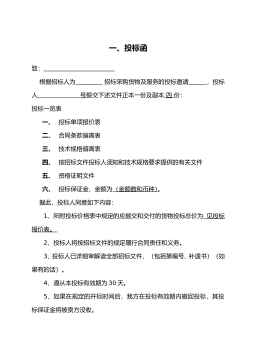ABSTRACT
In recent years, China's macroeconomic development has witnessed a huge imbalance.
This situation is very serious, which mainly as the excessive growth of domestic
investment, savings glut, a serious shortage of consumption, the balance of payments
"double surplus" continuing to increase, a substantial increase in foreign exchange
reserves, domestic liquidity surplus, the tremendous pressure of the appreciation of the
RMB, serious imbalance in the entire national economy to the development of track.
Imbalance makes the future development of China's economy face huge economic cost
and price. That affects the economy's long-term healthy development. The serious
macroeconomic imbalances have gradually aroused wide attention from scholars. How to
change the situation of China's macroeconomic imbalances, return China's economy to
the track of normal development, which has become a historical topic placed in front of
Chinese scholars.
The openness of China's economic development has reached unprecedented levels in
history. Our connection with the world economy are very close. Under the conditions of
open economy, achieving the balanced development between China's internal and
external economy has become an important policy consideration in the macroeconomic
development. China's economic development has experienced a historic and institutional
transformation from plan to market. The vitality of China's economic development has
been greatly stimulated in the transformation.But it is undeniable that with the fast
forwarding the implementation of market-oriented economic development, there also
exist the relative lag of a variety of systems and strategic development. After the reform
and opening up, China vigorously pursued export-oriented foreign trade development
strategy and carried out a variety of systems and policies. The whole economy driven by
foreign trade has achieved a qualitative leap. China's economic strength has been
considerably improved, but the inertia of the historical development makes our country's
economy too dependent on external demand, thus the configuration of the whole
economic structure development appears relatively large distortions, such that the
development of the trade sector has outstripped that of non-trade sector. Excessive growth
of exports exacerbated the imbalance of international payments. The put of a large
number monetary base to stabilize the exchange rate into circulation makes domestic





















